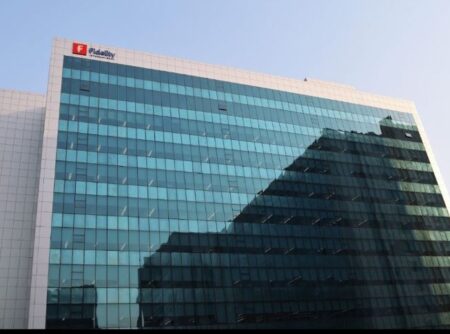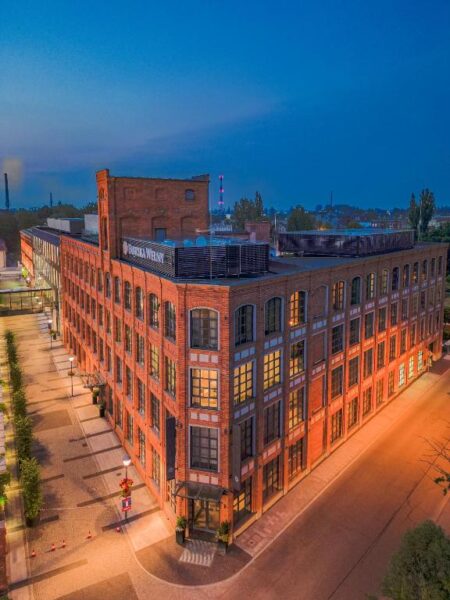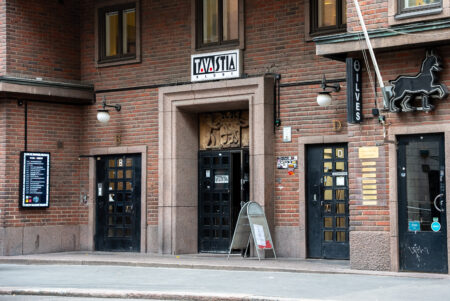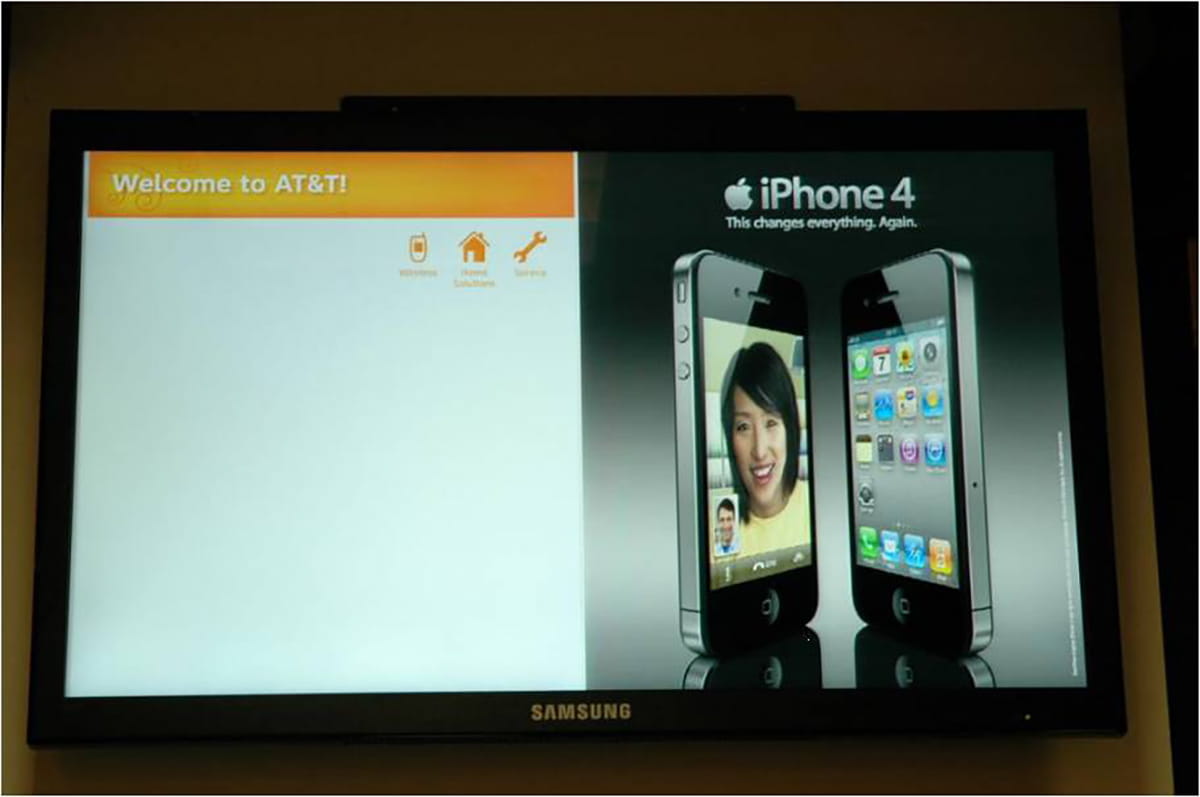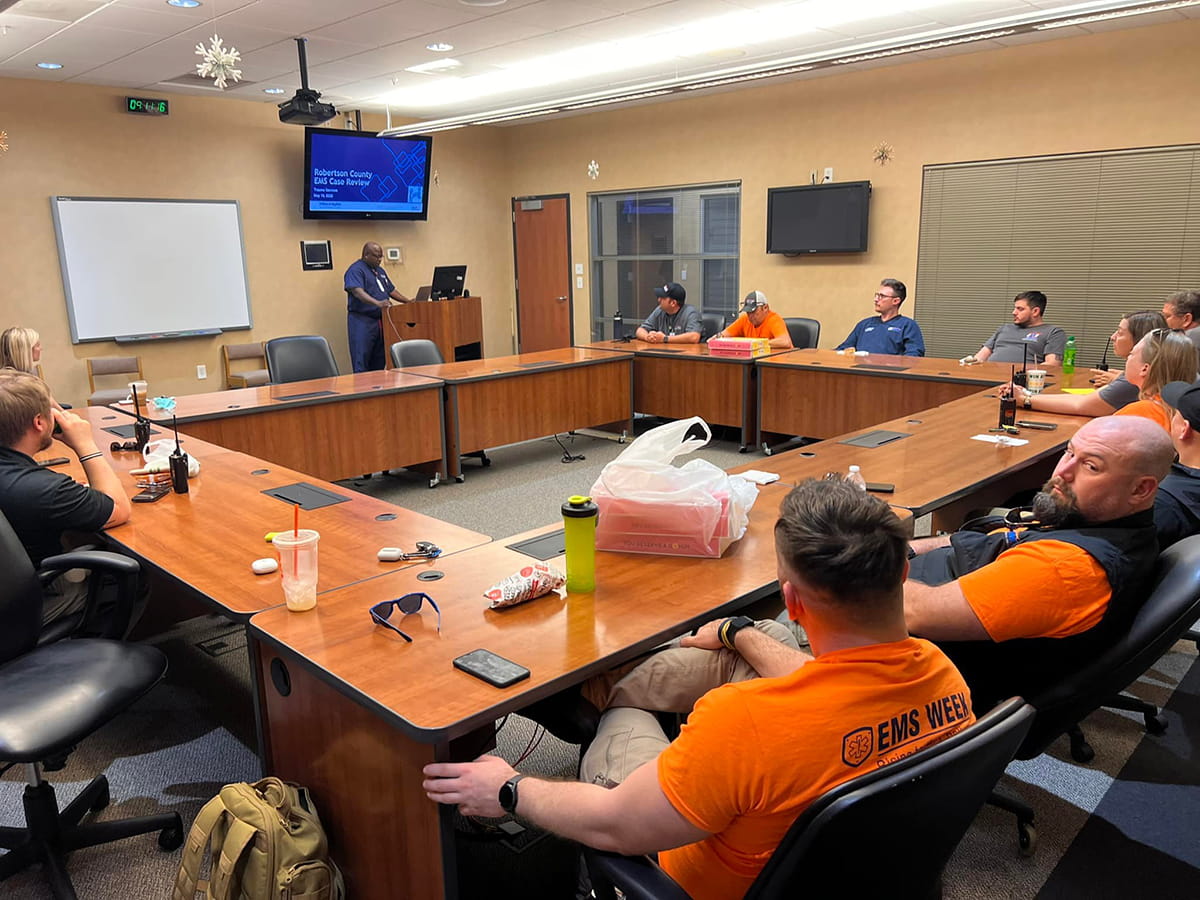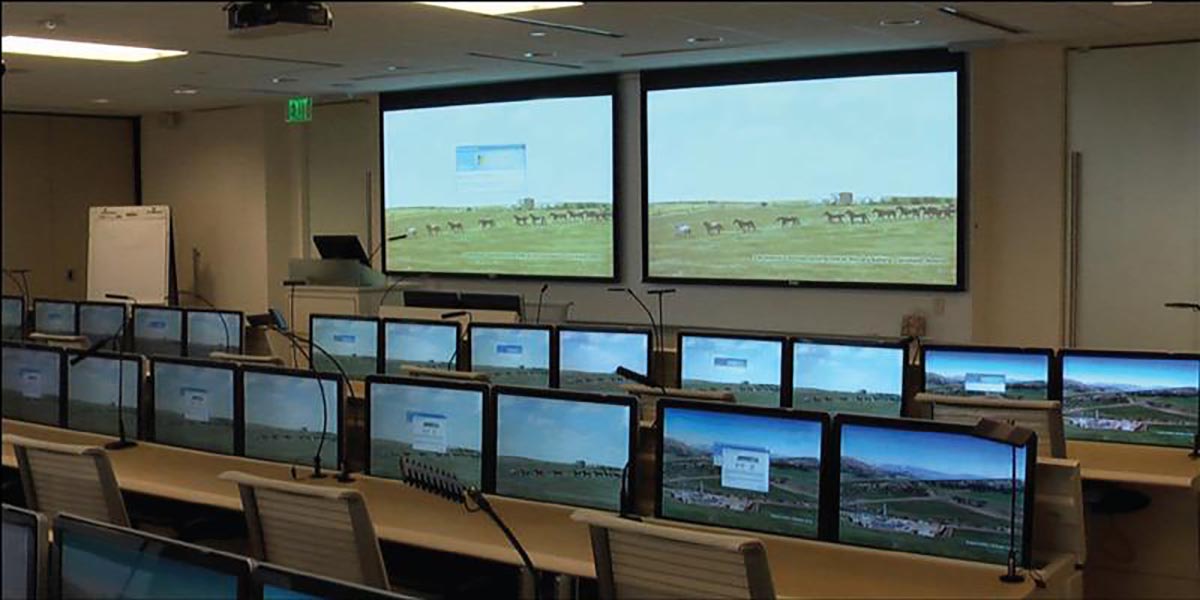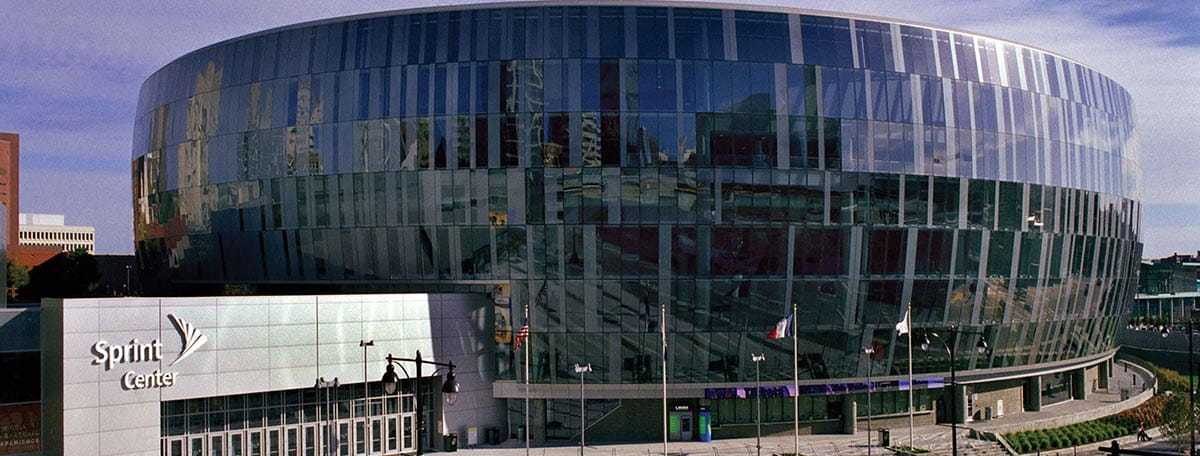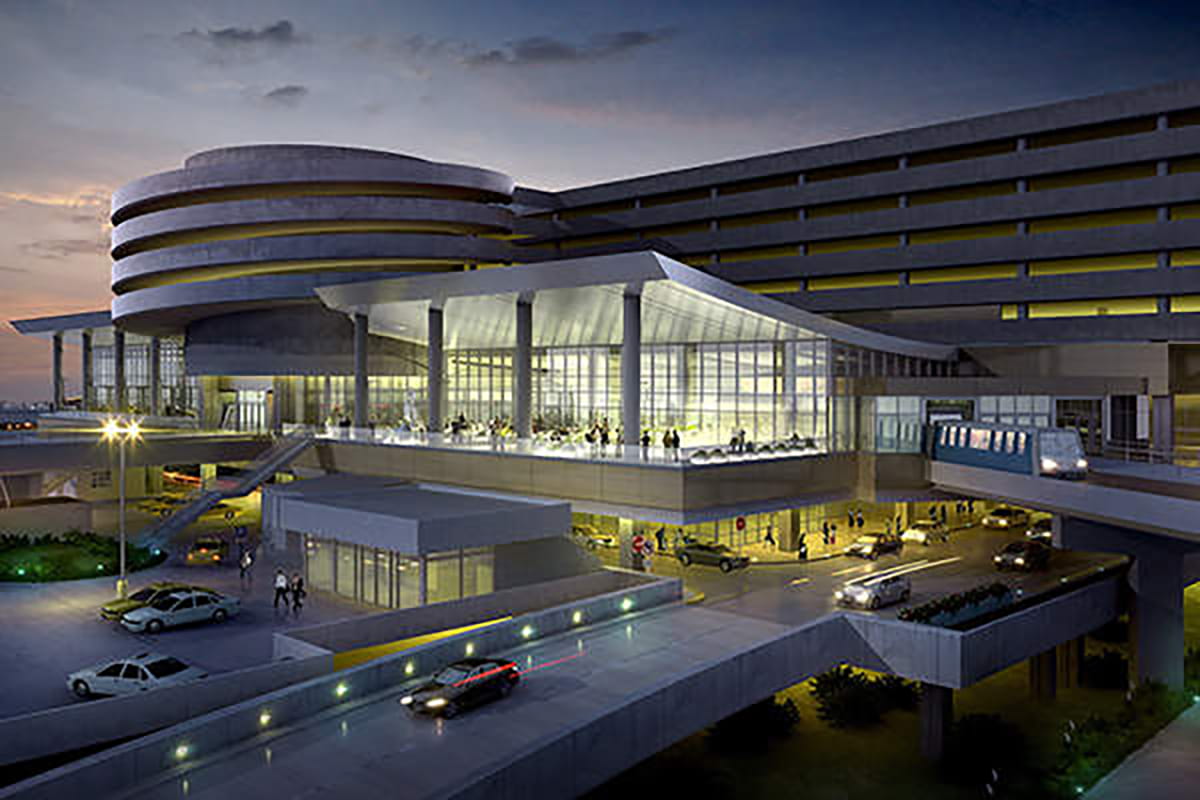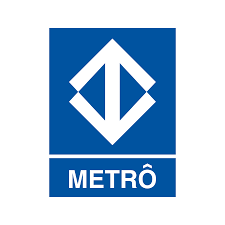Kramer CORE™ Products at Heart of First All−Digital Main Event Entertainment™ Building
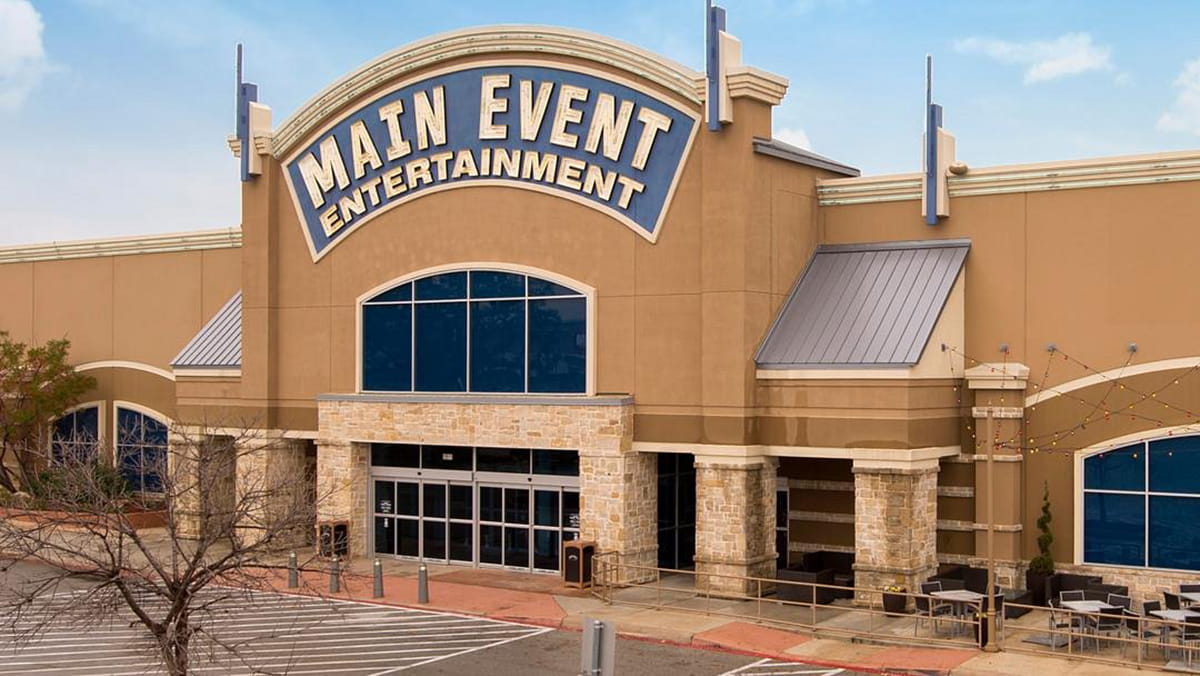


Customer
Main Event Entertainment™
Industry
Entertainment
The newest Main Event Entertainment™ facility in San Antonio, TX, boasts the company’s first fully digital AV infrastructure center, powered by Kramer CORE products. In its tenth location, Main Event Entertainment continues its innovative concept of bowling, laser tag, obstacle courses, arcades, pool tables and food and beverage offerings all under one roof. The newest center adds a rope course and a Bowling Music System, along with a digital sight and sound experience.
Designed and installed by SAVE Electronics, a local professional electronics design and integration company, the San Antonio complex features 35 big-screen TVs ranging in size from 47 to 70 inches, as well as 11 WXGA projectors. Bowlers in the 22-lane bowling alley enjoy programming on 11 screens that span two lanes each. Music videos, advertising and programming are transmitted from six digital satellite receivers, six digital signage PCs, and five laptop connections.
According to Tim Boyd, owner of SAVE Electronics, who has been designing complex AV systems for over 30 years, the San Antonio location is the first of its kind, with a completely digital AV electronics system. It required switching equipment that could handle both the heavy source volume and be expandable for the future. “No one had a big enough switcher that would send video from the satellite receivers to all the TVs. Kramer was the only one that could handle it at the resolution we required,” Boyd said. “The system lets us send anything, anywhere throughout the building.”

The very nature of the Kramer CORE products fit the requirements for the Main Event Entertainment application. Designed to be complete end-to-end solutions, the Kramer CORE products handle any Pro AV signal type and allow for easy future expansion.
SAVE Electronics used two Kramer CORE VS−3232D matrix switchers. The modular chassis matrix switchers can be populated with input and output boards with four inputs or four outputs per board. The Main Event Entertainment system in San Antonio is populated with a total of 12 HDCP-compatible DVI input cards and 12 HDCP-compatible DVI output cards making it capable of distributing 48 sources to 48 displays. Forty Kramer PT−571 and PT−572 DGKat™ technology twisted pair transmitter/receivers for HDMI signals, six Kramer TP−581T and TP−582R HDBaseT™ transmitter/receivers for HDMI signals, and six Kramer WP−121 and TP−122 wall plate transmitter/receivers for computer graphics video signals convert the various sources to HDMI for long−distance routing around the facility. Six Kramer VP−434 ProScale® Digital Scalers and 20 Kramer VM−2HXL 1:2 distribution amplifiers for HDMI signals are used to scale the video to a uniform resolution and distribute it to every display. A Kramer VS−1616A 16×16 audio matrix switcher handles the audio signal routing in the system.
One of the challenges faced by the installation team was the different native resolutions of the displays – native 1280×800 for the projectors and native 1920×1080 for the flat panel displays. To get the best and most uniform image on all displays, the team kept in mind that the DirecTV receivers would be the most frequently used source. After capturing the EDID (extended display identification data) from the displays that contained all native display resolutions, they chose the best common resolution for all the displays. The result was a crystal clear, clean image on every screen.
The system also uses Kramer power supplies, rack mounting kits and over 16,000 feet of Kramer DGKat™ cable. The switchers and sources are all housed in a dedicated control room on the building’s second floor. Boyd said the longest single cable run is about 330 feet, and the digital image on that display is as clear as those only 20 feet away.
Main Event Entertainment plans to upgrade and retrofit its other nine locations as they become the leader in completely digital AV entertainment systems.
Got a question for one of our AV experts? Contact us here, and we’ll connect you.


